Car parts that have disappeared from modern cars
Discover the car parts that have disappeared from modern vehicles as technology, design, and the times have evolved. From carburetors to ashtrays, learn how these outdated components have been replaced with more advanced systems, enhancing performance, safety, and convenience.
As car technology and design have evolved, many once-common parts have disappeared. Features that were standard in older vehicles—such as carburetors and ashtrays—have been replaced by modern innovations that prioritize convenience, safety, and efficiency.
We’ll explore some of the car parts no longer seen in today’s vehicles and how these advancements have reshaped the driving experience. From the decline of physical radio dials to the rise of digital touchscreens, let’s take a closer look at how automotive design has progressed over the years.
Carburetor

A carburetor is a device that mixes air and fuel for combustion in older vehicles. It was commonly used before fuel injection systems became standard in the 1980s. Carburetors were replaced due to their lack of precision, which led to inefficient fuel use, poor fuel economy, and higher emissions.
Fuel injection systems offer better accuracy, improved performance, lower emissions, and require less maintenance. These advantages made carburetors obsolete in modern cars, which now rely on fuel injection for more efficient and cleaner engine operation.
Distributor
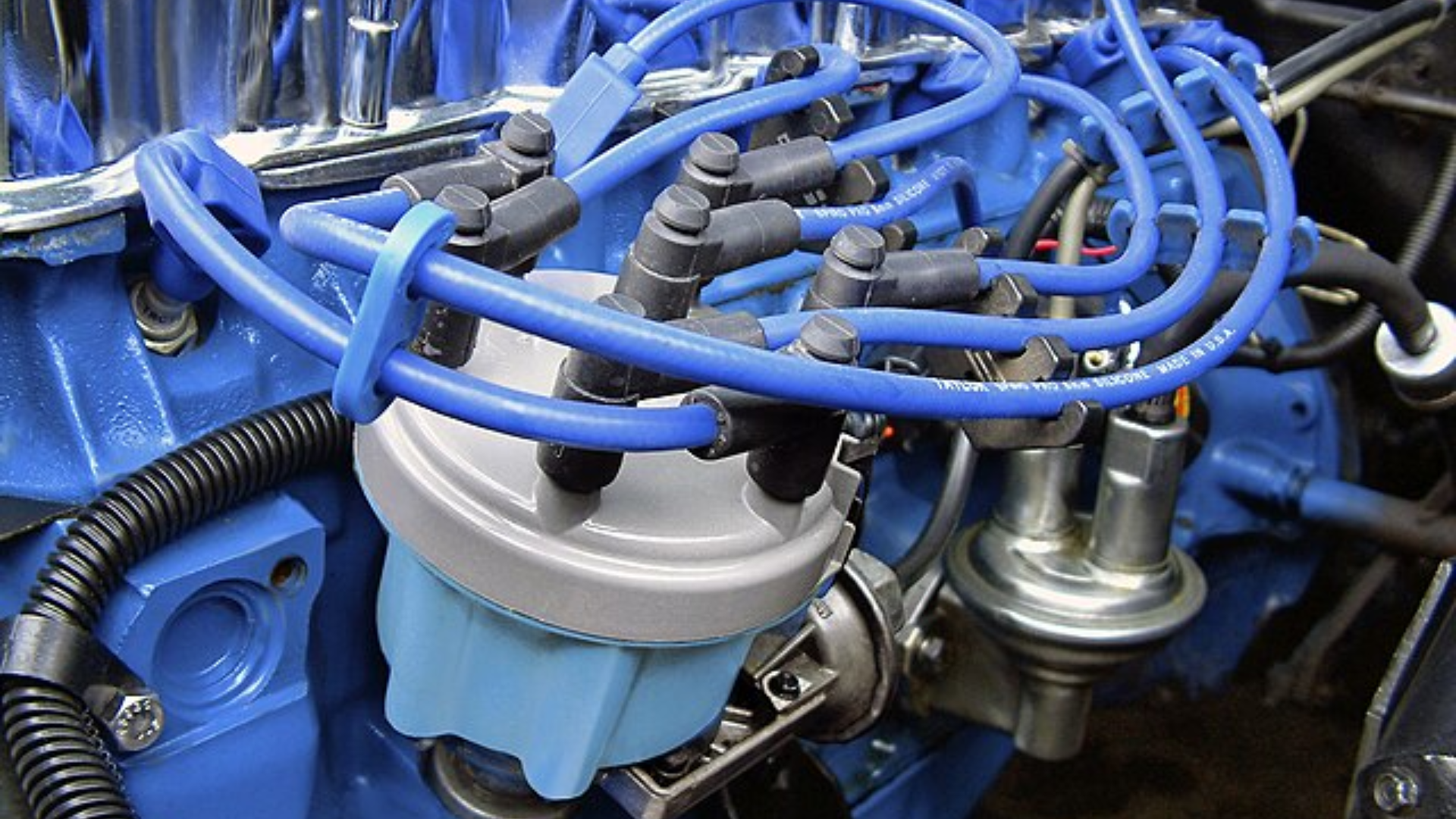
A distributor in older cars directed electrical current from the ignition coil to the correct cylinder at the right time using a rotor inside a cap.
It is no longer used in modern cars because electronic ignition systems offer greater reliability, precision, and performance. These systems eliminate the need for regular maintenance and provide better fuel efficiency, power, and lower emissions, making the distributor obsolete in newer vehicles.
Drum Brakes
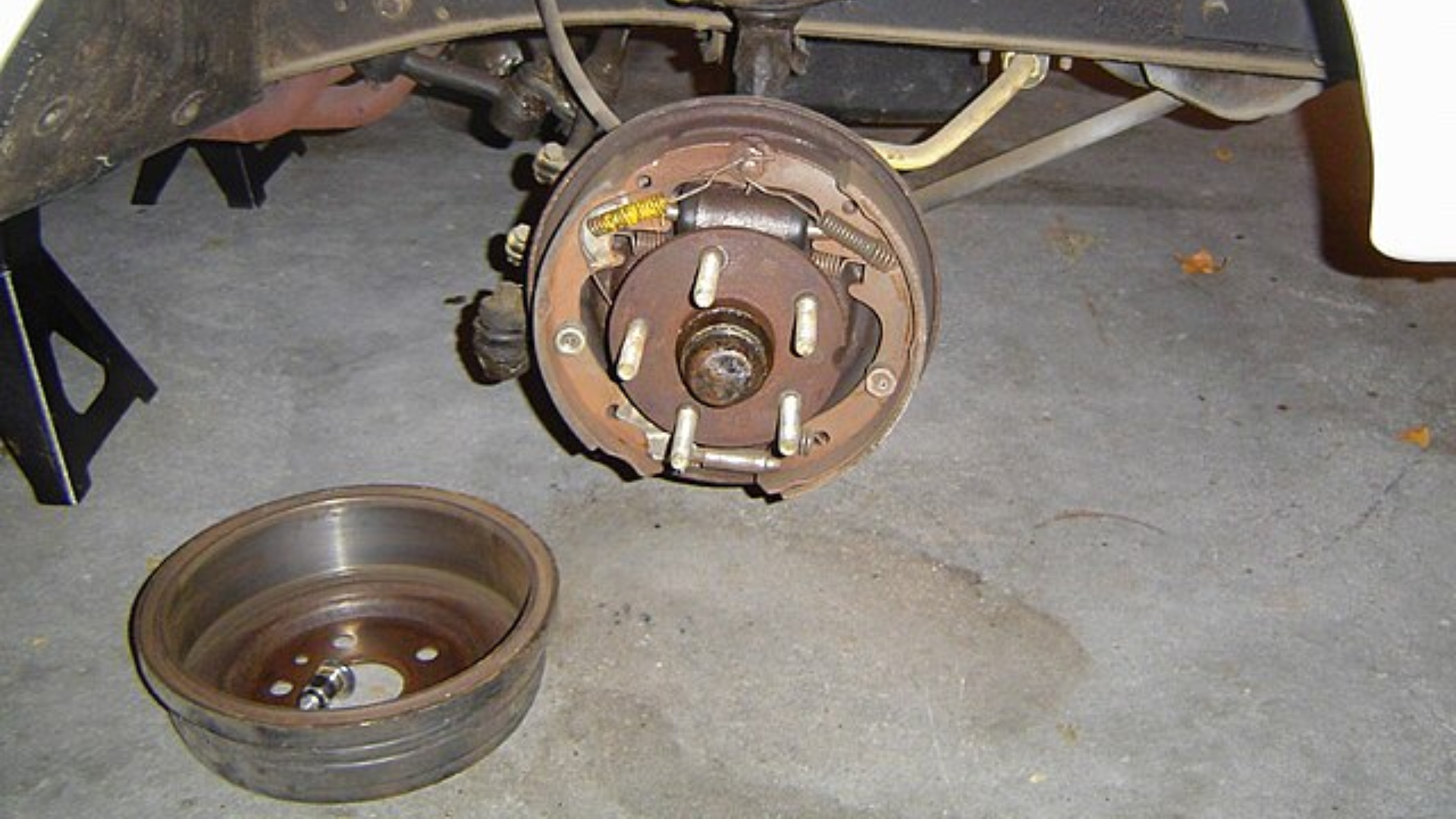
Drum brakes are a type of braking system where brake shoes press against the inside of a rotating drum to slow down or stop the vehicle. They were commonly used in older cars for both front and rear braking.
While still used in some modern base model cars, disc brakes have become the standard due to their superior performance, better heat dissipation, and easier maintenance. Drum brakes, being less efficient, more prone to overheating, and requiring more maintenance, are unlikely to remain relevant in the future of automotive design.
Cigarette Lighter and Ashtray
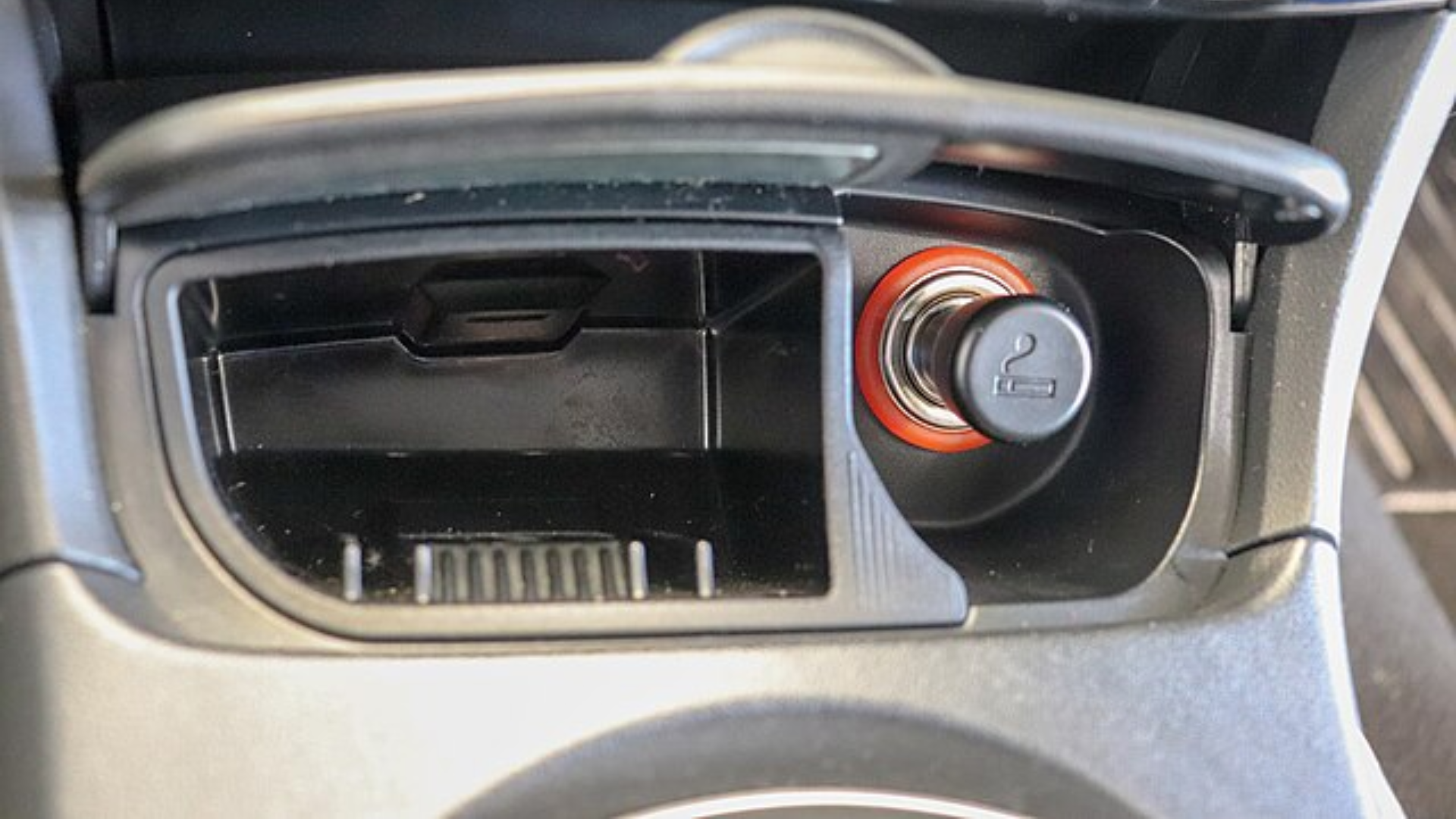
The cigarette lighter and ashtray were once common features in cars. The cigarette lighter was used to heat a coil that would ignite a cigarette or cigar, powered by the car's electrical system, while the ashtray served as a container for disposing of cigarette ashes and butts.
However, these features are no longer standard in modern cars. As smoking has decreased and concerns over health and environmental impacts have grown, cigarette lighters have been replaced by more practical solutions like USB charging ports and wireless charging pads, catering to the need for powering electronics. Similarly, ashtrays have been phased out in favor of better storage solutions, with cup holders and compartments taking their place. The decline of smoking and the rise of smoking bans in cars have made these once-essential features obsolete in modern vehicle designs.
Manual Mirror Adjustments
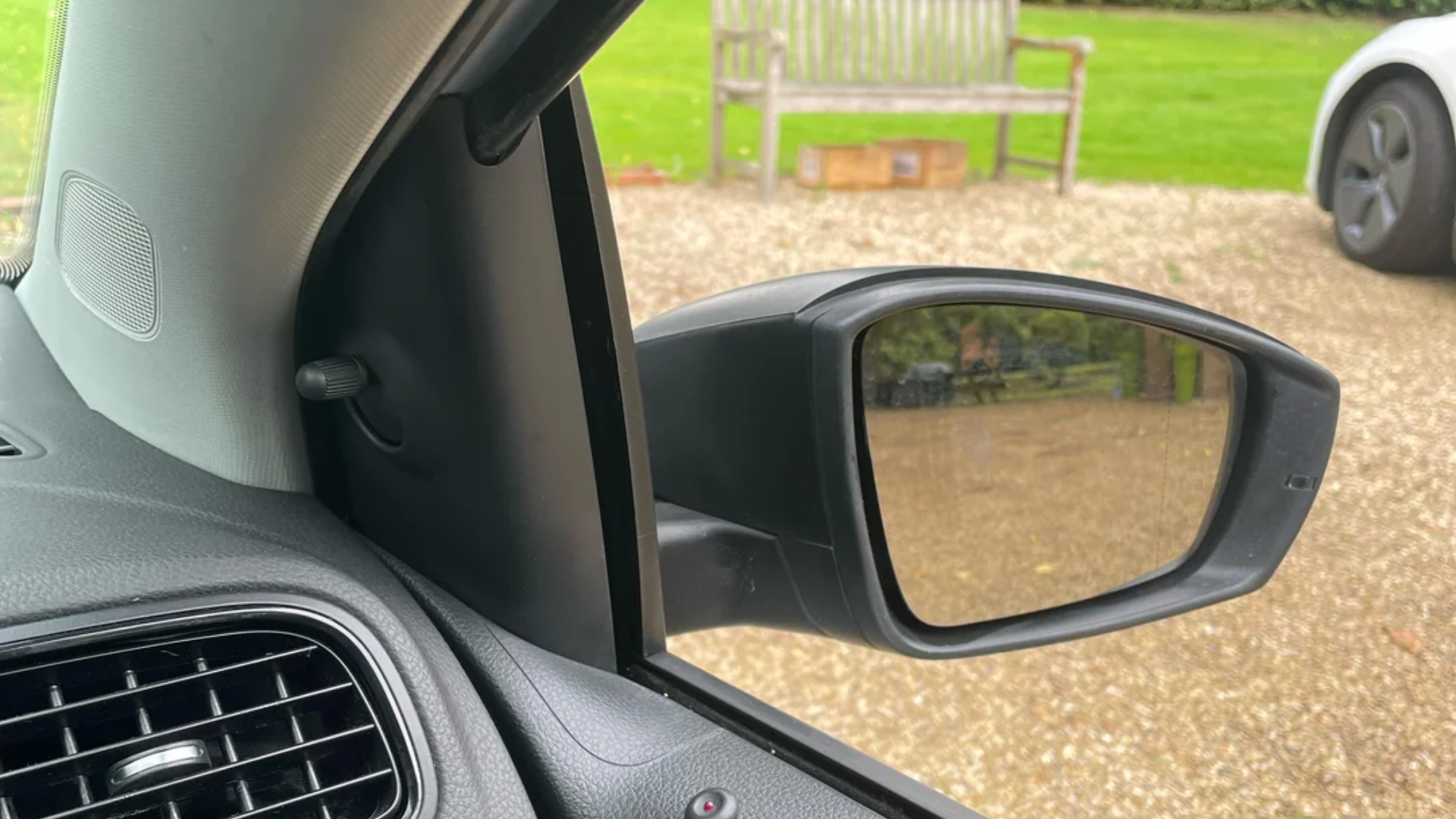
Manual mirror adjustments were once common in cars, where drivers had to adjust the side mirrors using a lever or knob to achieve the optimal view.
It have been replaced by electric side mirrors in modern vehicles. These allow drivers to adjust the mirrors with the push of a button, often from the driver’s seat. Modern electric mirrors also come with added features like memory settings, heating functions, and automatic dimming, offering greater convenience, precision, and comfort. The shift to electric mirrors has made manual adjustments obsolete.
Manual Window Crank
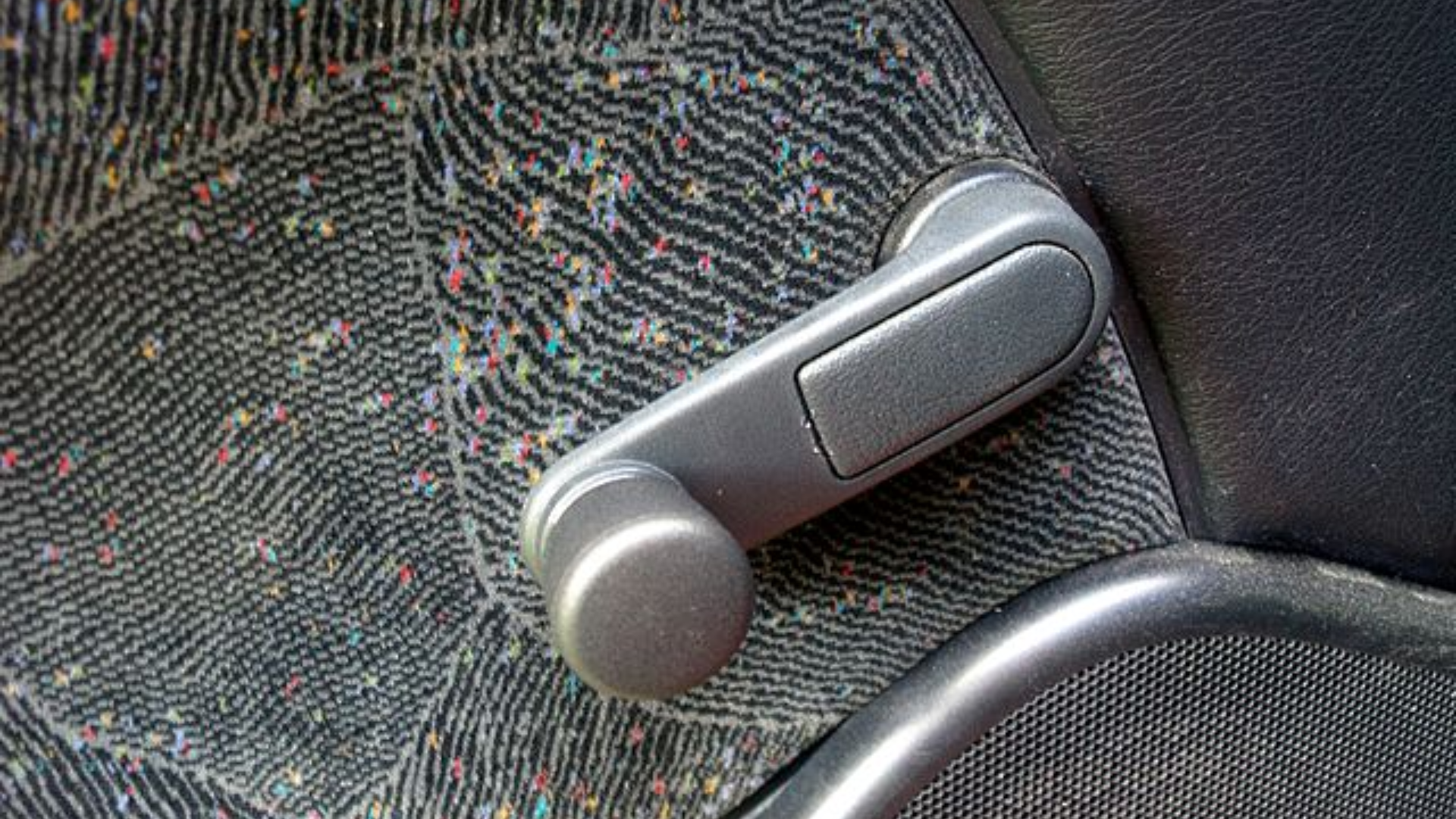
A manual window crank in cars is a hand-operated lever that was used to raise or lower the car windows. It’s typically found in older vehicles, where power windows (operated electrically) were not standard. To operate it, the driver or passenger would rotate the crank handle, which would turn a mechanism inside the door to move the window up or down.
As power windows became more common in modern vehicles, manual window cranks have largely been phased out for convenience and ease of use.
Telescopic Antenna
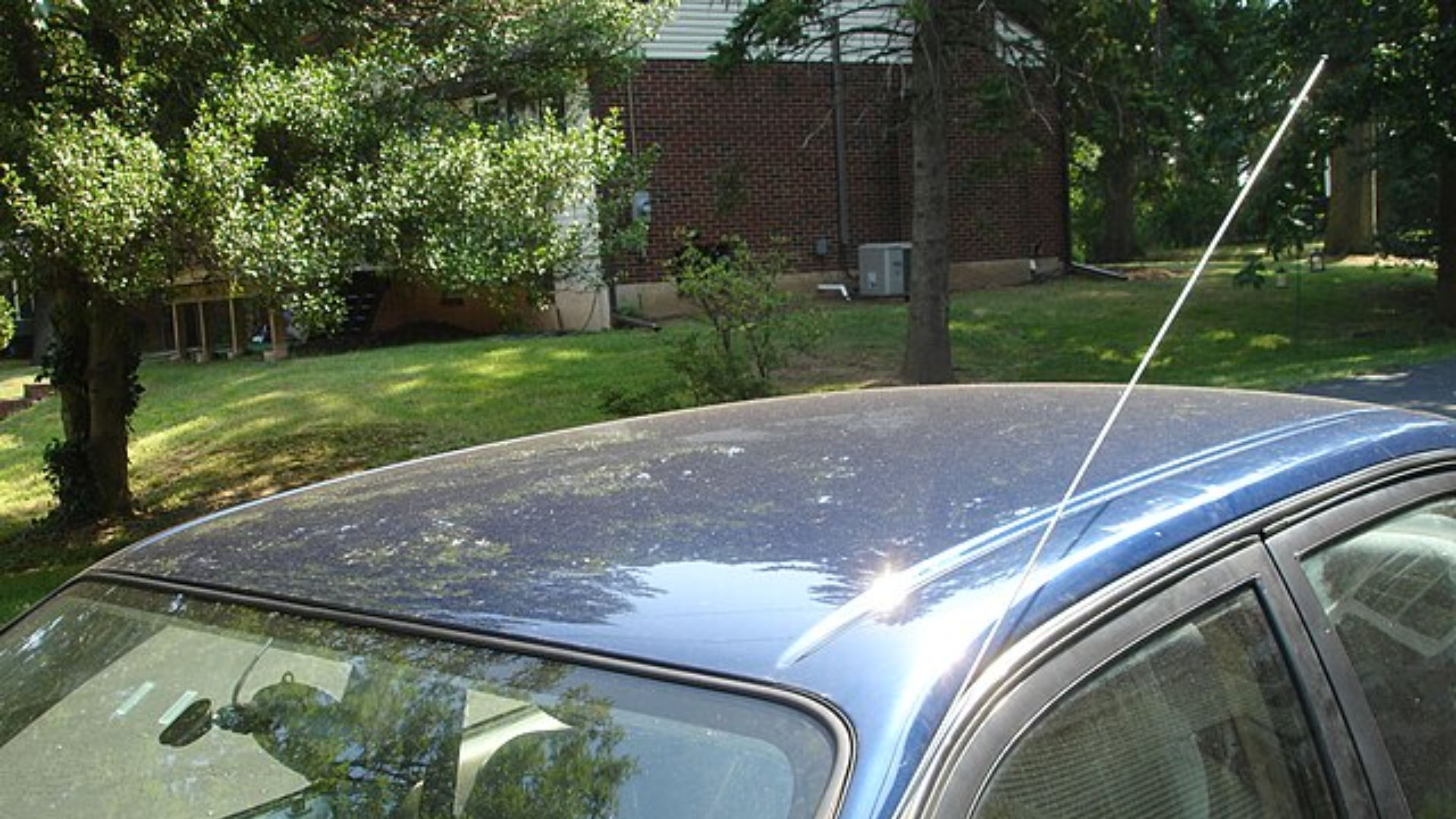
A telescopic antenna in cars is an extendable antenna that can be manually or automatically extended or retracted. It’s typically made of metal and consists of several sections that slide into each other, much like a telescope, allowing the antenna to be lengthened or shortened.
Telescopic antennas in cars have largely been replaced due to their bulky design, vulnerability to damage, and maintenance needs. Modern cars prefer sleek, integrated antenna designs that are smaller, more durable, and offer better signal reception. Advances in technology also allow for alternatives like embedded or shark fin antennas, which are more efficient and cost-effective.
As technology continues to evolve, many other common car parts are becoming obsolete, especially in the realm of in-car entertainment. Some features are phased out due to design and packaging constraints, while others are simply a result of moving with the times. Whatever the reason, car features are constantly changing, with trends driving what stays and what goes. It's fascinating to see how the automotive industry adapts, shaping the cars of tomorrow with new innovations and design philosophies.
